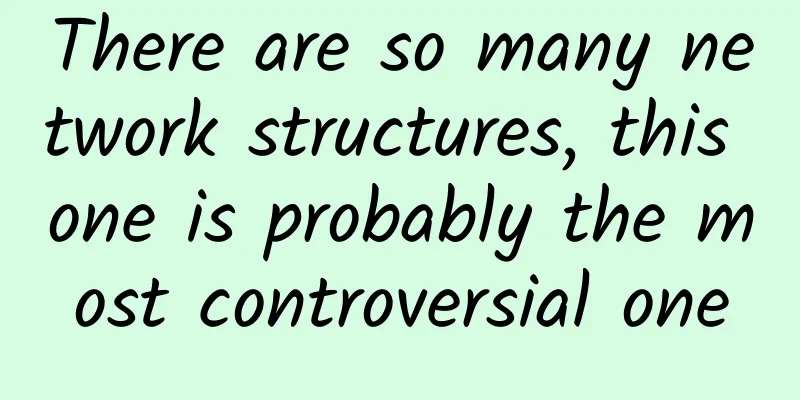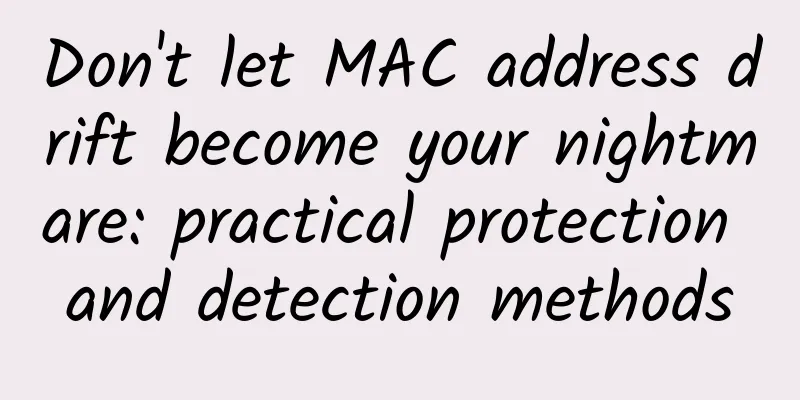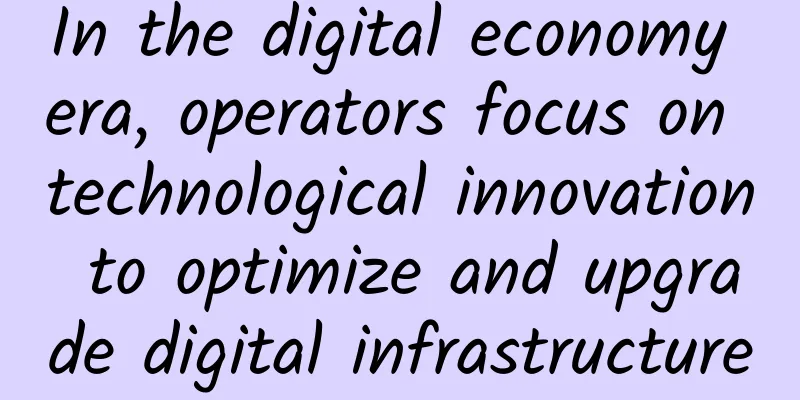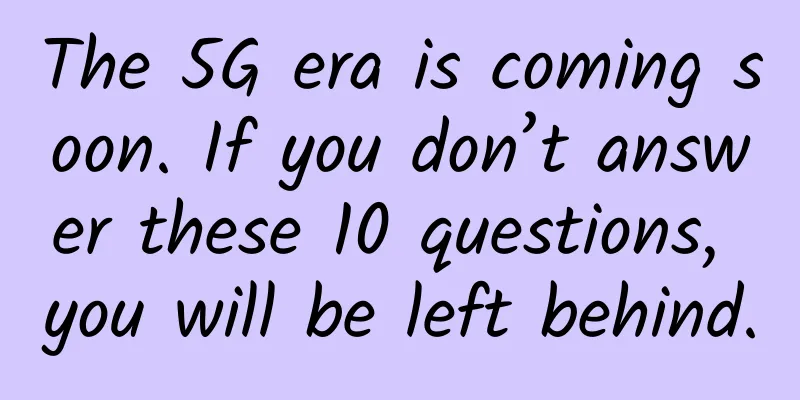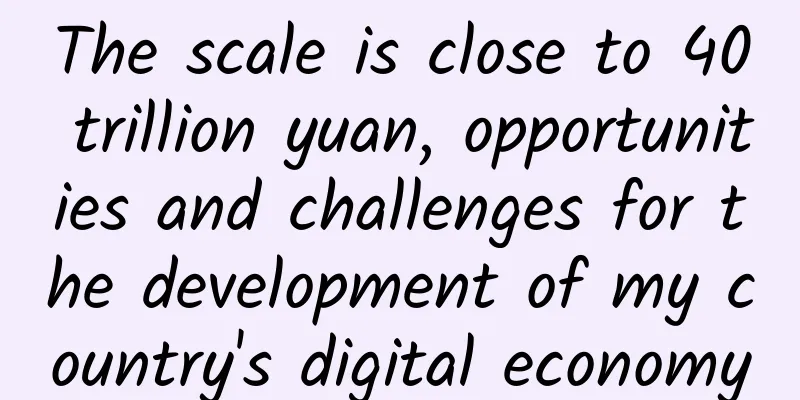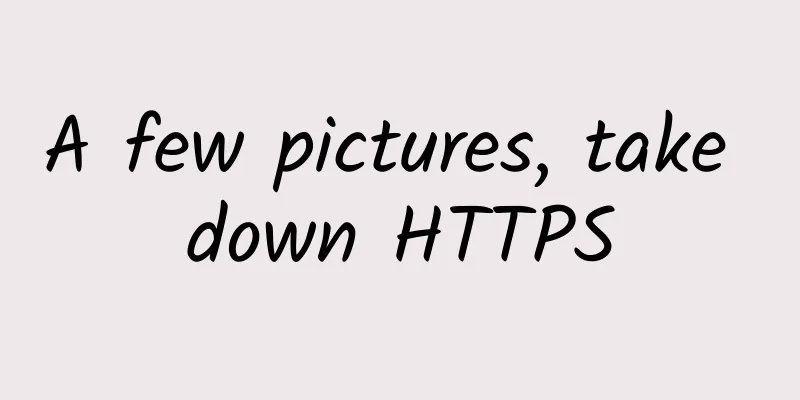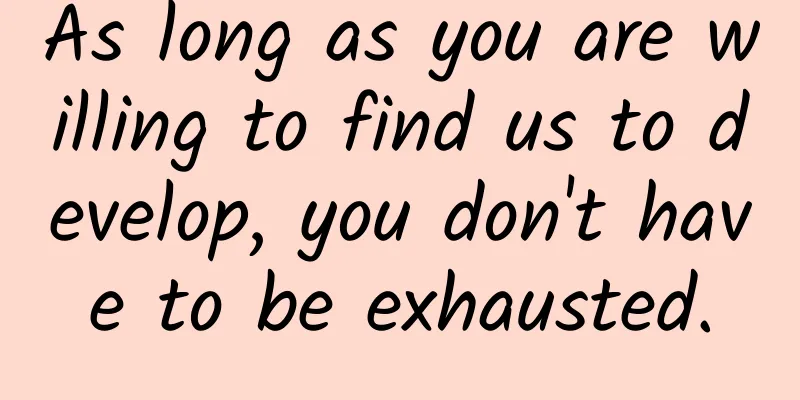Code Comics | TCP three-way handshake
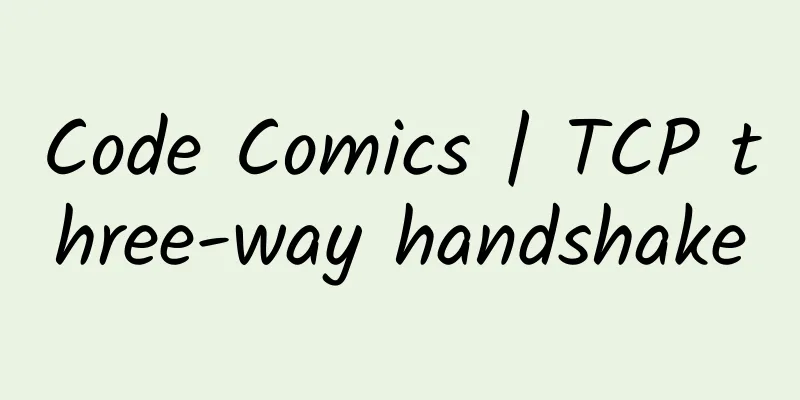
|
This article is reprinted from WeChat public account "Ma Ge Dan", author Chen Yuming. Please contact the WeChat public account "Ma Ge Dan" to reprint this article. 1. Three-way handshake can prevent the initialization of repeated historical connections (main reason) 2. Three-way handshake can synchronize the initial sequence numbers of both parties 3. Three-way handshake can avoid waste of resources As shown in the figure: The client sends multiple SYN packets to establish a connection. In the case of network congestion, the following happens: An "old SYN message" arrives at the server earlier than the "latest SYN" message; Then the server will return a SYN + ACK message to the client; After receiving the message, the client can determine that this is a historical connection (the sequence number has expired or timed out) based on its own context, and then the client will send a RST message to the server to indicate that the connection is terminated. If it is a two-way handshake connection, it is impossible to determine whether the current connection is a historical connection. A three-way handshake allows the client (sender) to determine whether the current connection is a historical connection because it has enough context when the client (sender) is ready to send the third message: If it is a historical connection (serial number expired or timed out), the message sent in the third handshake is a RST message, thereby terminating the historical connection; If it is not a historical connection, the third message sent is an ACK message, and the two communicating parties will successfully establish a connection; Therefore, the main reason why TCP uses three-way handshake to establish a connection is to prevent historical connections from initializing the connection. Both parties in the TCP protocol must maintain a "sequence number". The sequence number is a key factor in reliable transmission. Its functions are: The receiver can remove duplicate data; The receiver can receive the packets in order according to their sequence numbers; It can identify which of the sent data packets have been received by the other party; It can be seen that the sequence number plays a very important role in the TCP connection. Therefore, when the client sends a SYN message carrying the "initial sequence number", the server needs to send an ACK response message to indicate that the client's SYN message has been successfully received by the server. When the server sends the "initial sequence number" to the client, it still needs to get an ACK response from the client. This back and forth can ensure that the initial sequence numbers of both parties can be reliably synchronized. Let me add one more thing: If there is only a "two-way handshake", when the client's SYN request connection is blocked in the network and the client does not receive an ACK message, it will resend the SYN. Since there is no third handshake, the server does not know whether the client has received the ACK confirmation signal it sent to establish a connection. Therefore, each time a SYN is received, it can only actively establish a connection. What will this cause? If the client's SYN is blocked and the SYN message is sent repeatedly, the server will establish multiple redundant invalid links after receiving the request, resulting in unnecessary waste of resources. |
<<: The essence of 5G is speed upgrade! Packages will become cheaper and cheaper
>>: FCC authorizes first batch of 6GHz WiFi devices
Recommend
Are you familiar with the all-optical networks that are being deployed one after another?
Recently, China Telecom Gansu Company held a pres...
From the SPACE matrix, is 5G on the road to success?
In September 1830, the world's first intercit...
GSA report: 63 operators around the world have launched commercial 5G services
The latest global 5G network development report f...
In the post-epidemic era, AIOps unleashes new vitality in enterprise operation and maintenance
[51CTO.com original article] 2020 is destined to ...
A brief analysis of Web real-time communication technology!
Web-based instant messaging The server can immedi...
The scale of data is growing explosively. Practical sharing of data-based operations of cloud-native data warehouses
At the recent 2021 Alibaba Cloud Financial Data I...
Why ordinary users don’t feel the 3rd anniversary of 5G license issuance
As of April this year, the total number of 5G bas...
Summary information: Qingyu Internet/Jinpan Cloud/SaltyFishCloud/EasyTan Cloud/TianShang Cloud/Gangan Cloud
I will continue to share some VPS merchant inform...
Things about UDP protocol
UDP (User Datagram Protocol) protocol, translated...
Different price 5G packages, different network speeds! It turns out that 5G also has different levels?
Using the same 5G network, some users can watch h...
Do you know the misunderstandings about 5G?
Today I will reveal to you five misunderstandings...
Learn crawling skills in Yiwen
[[336016]] Preface As an important tool for cold ...
NVIDIA Network Senior Product Manager Chen Long: Unveiling the Evolution of InfiniBand Network Cluster Architecture
Whether it is the evolution of data communication...
ZJI: New Year limited 50% off Hong Kong server 500 yuan/month-2*E5-2630L/32G memory/1TB SSD/20M bandwidth
ZJI has just launched a new year promotion, offer...
Aruba Helps Home Depot Reinvigorate Its Network to Improve Customer and Employee Experience
Aruba, a subsidiary of Hewlett Packard Enterprise...
